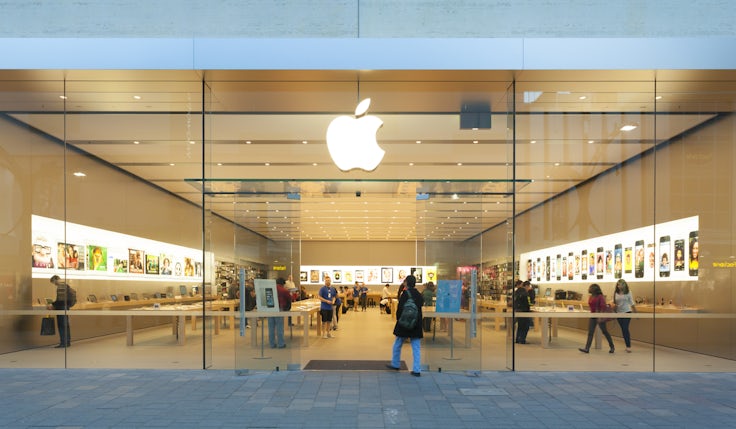Ad spend forecast, LGBT+ representation, social media harm: 5 killer stats to start your week
We arm marketers with all the numbers they need to tackle the week ahead.
1. Advertisers and marketers at odds over priorities
Advertising and marketing professionals appear to have different priorities, which could lead to fragmented brand experiences for customers.
In a poll of 12,500 industry professionals, advertisers say they are predominantly focused on immediate and tangible results. That means 46% are prioritising demonstrating return on investment to the rest of the business. This is followed by better audience targeting and segmentation (42%) and improving channel efficiency (40%).
Among marketers, however, building loyalty and lasting customer relationships is the top area of focus. Almost two-thirds (64%) of marketers say content and experience management is a top priority.
Source: Adobe
2. Three quarters of LGBTQ+ community point to ‘tokenistic’ ad representation

Almost three quarters (72%) of the LGBTQ+ community think the way they are represented in advertising is ‘tokenistic’.
This despite the fact that 64% of the adults surveyed think it’s positive for the LGBTQ+ community to be visible in advertisements and that advertising in general has an important role and responsibility in challenging conventions and defining what is “normal”.
Generational shifts are make it even more important that marketers represent the LGBTQ+ community. Some 36% of 18- to 24-year olds now identify as completely heterosexual compared to 48% who identify as somewhere in between. And one in 10 of the respondents in this age bracket identify as transgender.
Source: Karmarama
3. Ad spend forecasts slip for 2019

The global forecast for ad spend growth in 2019 has slipped to 3.6% globally, down from 3.8% in January this year due to economic uncertainty and slowing growth in China, Italy and Russia.
However, ad spend growth is predicted to accelerate to 4.1% next year, almost as high as the 4.3% increase seen in 2018.
Digital continues to power ad spend growth and is predicted to grow 11.5% this year. By 2020, its market share of total spend is expected to be 45%. Mobile ad spend is expected to continue its rapid growth of 21.4%, with nearly a third of global ad spend forecast to be delivered through mobile platforms by the end of 2020.
Source: Dentsu Aegis
4. Half of British teenagers exposed to harmful content on social media

Almost half (46%) of teenagers aged 13 to 17 who use social media have been exposed to posts they say shouldn’t be allowed.
Some 95% of young people have a social media account, with the most popular being YouTube (79%), followed by Instagram (73%), Snapchat (66%) and Facebook (45%).
Despite many children coming across potentially harmful posts on social media platforms, very few are doing anything about them with 62% saying they’ve seen content they shouldn’t have but either rarely or never report them. Only 7% say they always do.
However, seeing these posts is discouraging some children from engaging on social media with 44% agreeing that they would be put off from engaging in discussion and conversations online.
But very few are prepared to give up their accounts. For instance, 66% say seeing posts on social media that should not be allowed would not make them want to delete their account, and 52% believe it would’t put them off signing up for an account in the first place.
Source: Chartered Institute of Marketing
5. The effectiveness of news brands in marketing

Campaigns that use multi-platform news brands are 50% more likely to drive customer acquisition and three times more likely to deliver a boost in customer loyalty, than those that don’t according to analysis by Peter Field of the IPA Databank for 2018.
Campaigns that include both print and digital news brands are also 37% more likely to deliver market share growth and 58% more likely to drive profit.
News brands are also a “highly effective multiplier” for other media. They make television 66% more effective, social media more than twice as effective and online video 81% more effective at delivering ‘very large’ business effects.
Adding print also creates a 41.5% uplift in business effectiveness.
Source: Newsworks







